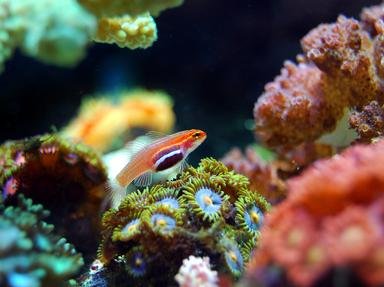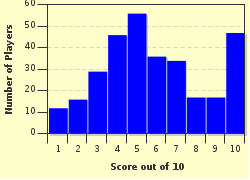Quiz Answer Key and Fun Facts
1. It is well-known that corals are marine animals where the large reef-forming organism is comprised of many small individual "unit" animals. What are these coral units called?
2. What is the primary food source for most corals?
3. How do corals reproduce?
4. Which of the following is NOT a dependency that marine animals may have on coral reefs?
5. Which of the following feed on the coral algae but are so violent that they can destroy up to 5 tons of coral per year?
6. A polyp can grow its exoskeleton by several inches in a year.
7. Periodically, algae can be ejected from the coral in a process known as coral bleaching. What is the primary reason for this ejection?
8. Which of the following is NOT a contributing factor in coral bleaching?
9. Crown of thorns starfish feeds on the coral polyps. Which of the following is a deterrent to this destruction of the coral?
10. What happens if one coral comes into contact with another during growth?
Source: Author
pshelton
This quiz was reviewed by FunTrivia editor
crisw before going online.
Any errors found in FunTrivia content are routinely corrected through our feedback system.

